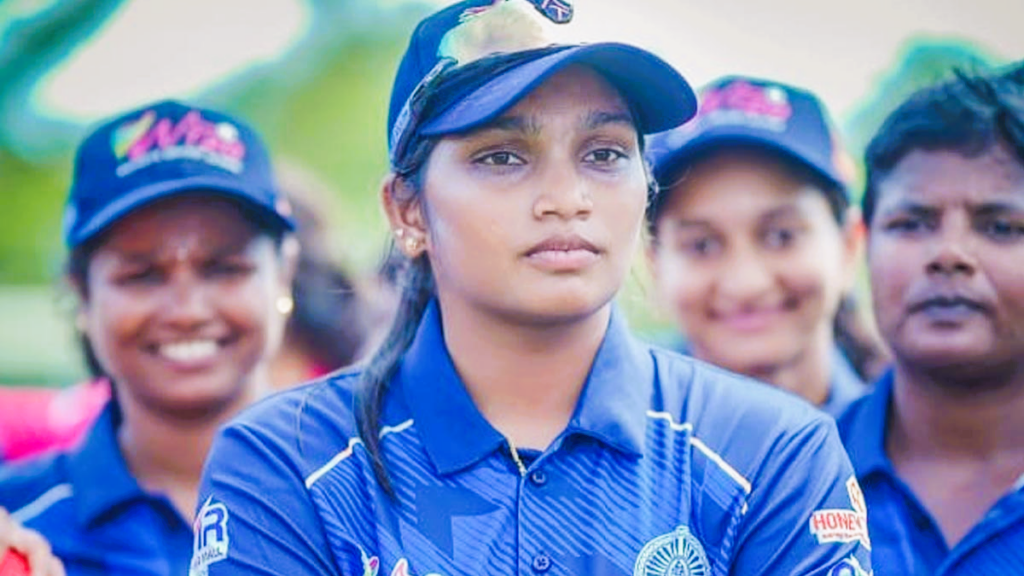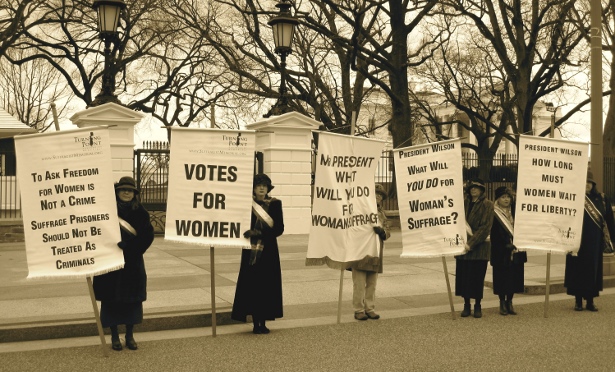Women’s Rights in Australia
The motivation behind WHS regulations in Australia is to forestall injury, sickness and passing to people in the working environment. The regulation sets out things, for example, what are frameworks of work that are protected and limit dangers to wellbeing, what guidelines should be observed, the powers of security overseers, how breeches of the regulation are fixed and upheld. In particular it sets out the obligations that are put on ‘people leading a business or undertaking’ .
Woman’s Right
Savagery against Women
Savagery against women is perhaps of the most far reaching common liberty maltreatments in Australia and all over the planet.
One out of three Australian ladies will encounter savagery in a personal connection, and one of every five womens have encountered viciousness since the age of 15. Furthermore, aggressive behavior at home is the greatest reason for vagrancy for Australian ladies.
This isn’t about outsiders. It’s profoundly private, and it’s ending up peopling we know and care about.
Equivalent Compensation for Equivalent Work
Did you had any idea about that Australian ladies are paid 17.5% not as much as men doing likewise work? This implies that they would need to work an extra 64 days per year to get similar compensation as men accomplishing a similar work.
This orientation pay hole is impacted by a scope of interconnected factors, including generalizations about the work ladies and men ‘ought to’ do, and the way ladies and men ‘ought to’ participate in the labor force.
For example, can any anyone explain why social and local area laborers are come up short on? Is it on the grounds that these are irrelevant positions or is it since ladies have customarily done this work?
Different elements that add to the orientation pay hole include: segregation, an absence of ladies in senior positions, an absence of parttime or adaptable jobs that oblige for family obligations, and contrasts in schooling and work insight.

Suffrage of Women’s
On 18 December 1894 the South Australian Parliament passed the Established Alteration (Grown-up Testimonial) Act.
The regulation was the consequence of a very long term battle to remember people for the electing system. It not just conceded ladies in the province the option to cast a ballot yet permitted them to represent parliament.
This implied that South Australia was the primary electorate on the planet to give equivalent political privileges to all kinds of people.
A woman’s place
In the nineteenth century Australian ladies had not many legitimate freedoms. When hitched, these freedoms were additionally restricted as they were moved to her better half. Hitched ladies gave all property over to their spouses and any wages procured.
Spouses were the sole legitimate watchman of any youngsters from a marriage and could eliminate them from a mother’s consideration whenever, even passing on their consideration to others in their will.
Before the 1870s ladies couldn’t petition for a separation. Indeed, even after regulation was changed during the 1880s it was as yet troublesome. Paces of surrender were high and abandoned ladies were typically compelled to find paid work that paid up to 66% under a person for doing likewise work.
Without the help of a worker’s guild they frequently experienced perilous and unregulated work spaces in the perspired clothing exchanges. Worker’s guilds opposed ladies’ contribution in the labor force, accepting it would drive down paces of pay for men.
Agitating for change
That’s what Women’s trusted if they would cast a ballot they could choose competitors who might enact to further develop society by and large and fortify the place of ladies and youngsters specifically.
Various associations advocated the female testimonial development including the Christian Ladies’ Restraint Association and the Social Virtue Society.
The most persuasive South Australian gathering, the womens’ Testimonial Association, was laid out by Mary Lee and Mary Colton and later joined by notable social reformer Catherine Helen Spence.
Female suffragists battled against biased customary perspectives on ladies that were implanted in the public eye and the law.
Bunches fomented for change in numerous ways. Letters were kept in touch with papers and magazines, public addresses were made and revitalizes and walks were held. Gatherings of ladies visited parliament and had conversations with significant political figures including the state’s head. Marks were gathered from across the state for the longest appeal that has at any point been introduced toward the South Australian Parliament.
With in excess of 11,600 marks and estimating around 400 feet long with its pages stuck start to finish, the appeal was utilized to show the public authority that all kinds of people upheld ladies’ on the whole correct to cast a ballot.
At last enfranchised
Before the 1894 Bill there had been three fruitless endeavors to acquire equivalent democratic privileges for womens in South Australia.
Numerous parliamentarians felt that womens were not genuinely or mentally able to do appropriately partaking in governmental issues. Others likewise felt that womens were venturing outside their customary jobs and that giving them the vote would subvert a spouse’s situation in the family.
Be that as it may, following a political decision in mid 1894, the Work Party, which was thoughtful to the womens’ objective, framed government.
The Established Change (Grown-up Testimonial) Bill was introduced to the Administrative Committee on 23 August 1894.
A moderate work to crash the Bill by acquainting a lady’s right with represent parliament as well as the option to cast a ballot didn’t stop the Bill barely passing. It was then shipped off the Regulative Gathering where 90 days slipped by during which a slight correction was made permitting ladies to postal vote too.
After much discussion, the Bill was at last passed 31 votes to 14 before a horde of around 200 womens. The Bill was formally made regulation in 1895 when endorsed by Sovereign Victoria. South Australian ladies then turned into the principal on the planet who couldn’t cast a ballot yet in addition represent parliament.
Equivalent emancipation subsequently applied to all residents of South Australia, including the Native people of the state.



